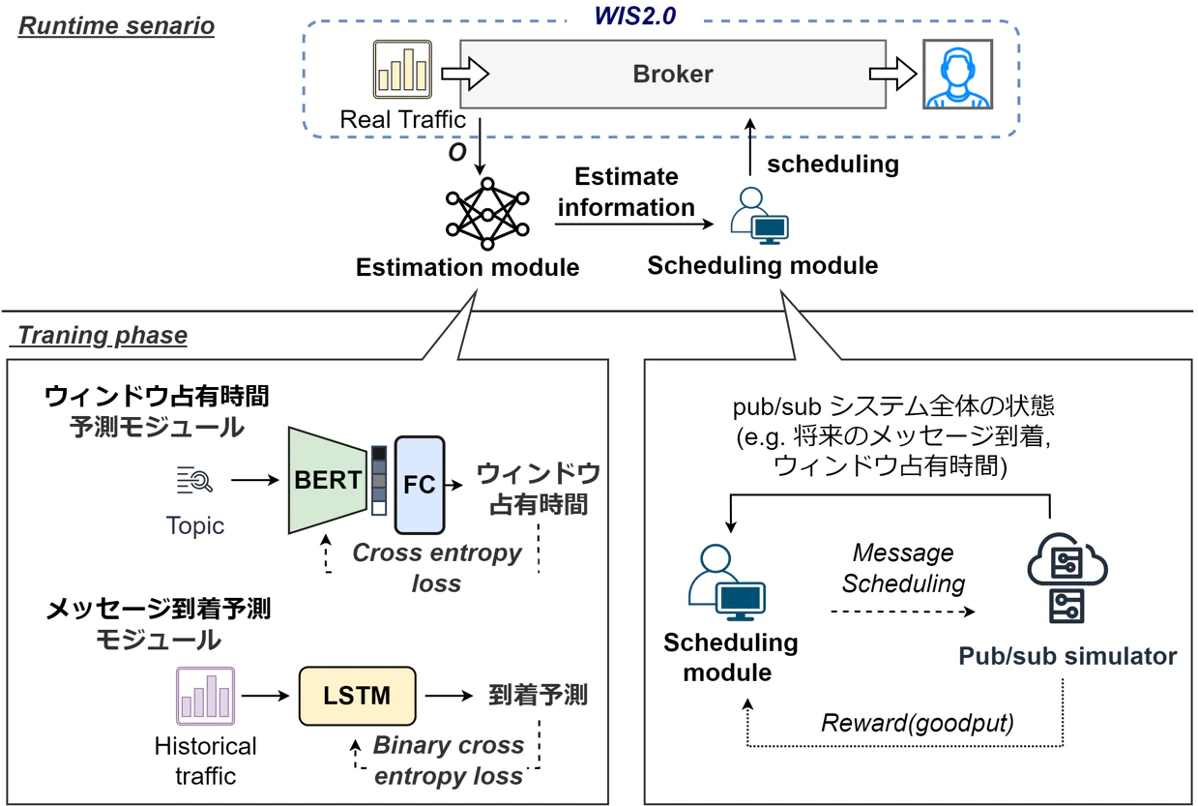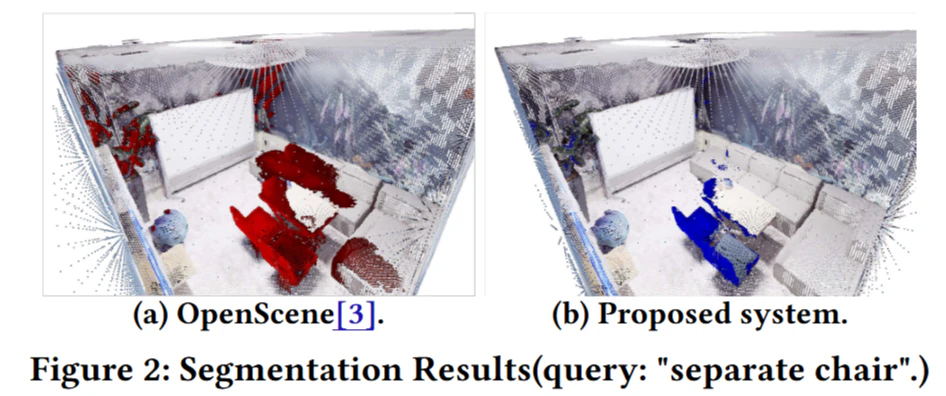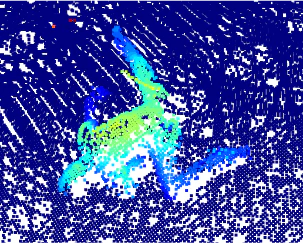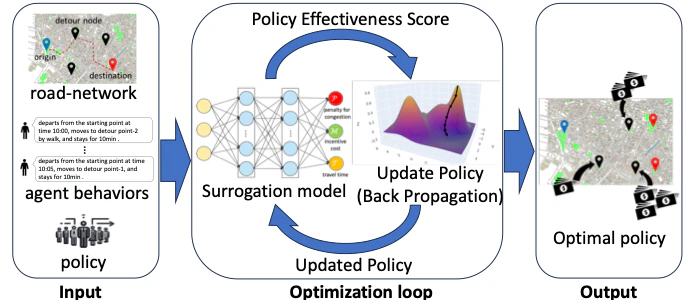Falls pose a significant health risk for older adults, with the WHO reporting them as the second leading cause of accidental deaths worldwide.
In Japan, where the aging population is rapidly increasing, falls have become the primary cause of fatal household accidents.
Since falls can lead to fractures, head injuries, and a decline in quality of life requiring long-term care, prompt detection and response are essential.
Existing fall detection systems utilize accelerometers and cameras, but they pose challenges such as inconvenience in wearing devices and privacy concerns for older adults.
While radio-based fall detection using wireless signals has gained attention as a privacy-conscious alternative, improving its accuracy remains a challenge.
To address these issues, this study develops a low-cost, non-invasive fall detection system using LiDAR, ensuring both privacy and high accuracy.
Our system, based on Hitonavi-µ, analyzes 3D point cloud data to detect falls and assess their risk level in four stages: "no fall, low, moderate, and high."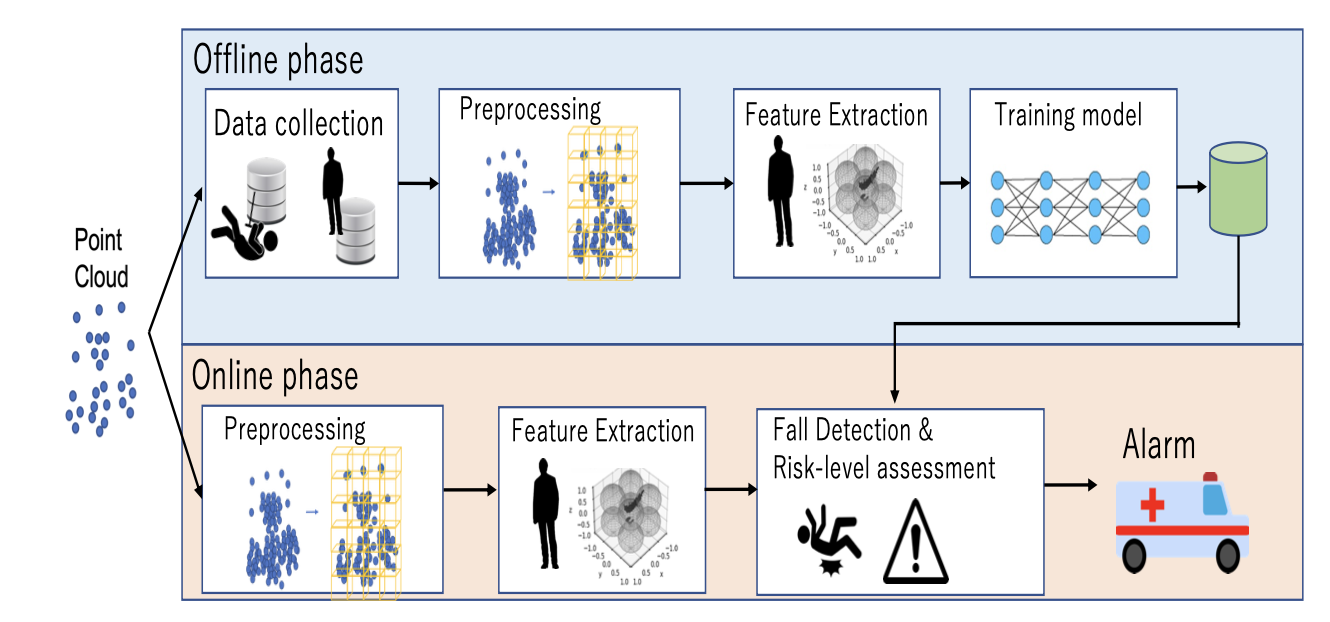
Published Papers
- 山田翔太, 天野辰哉, & 山口弘純. (2023). Point Cloud-based Fall Detection for Healthcare Applications. 第 31 回マルチメディア通信と分散処理ワークショップ論文集, 98-105.
- Yamada, S., Rizk, H., Amano, T., & Yamaguchi, H. (2023, November). Fall detection and assessment using multitask learning and micro-sized lidar in elderly care. In International Conference on Mobile and Ubiquitous Systems: Computing, Networking, and Services (pp. 280-293). Cham: Springer Nature Switzerland.
